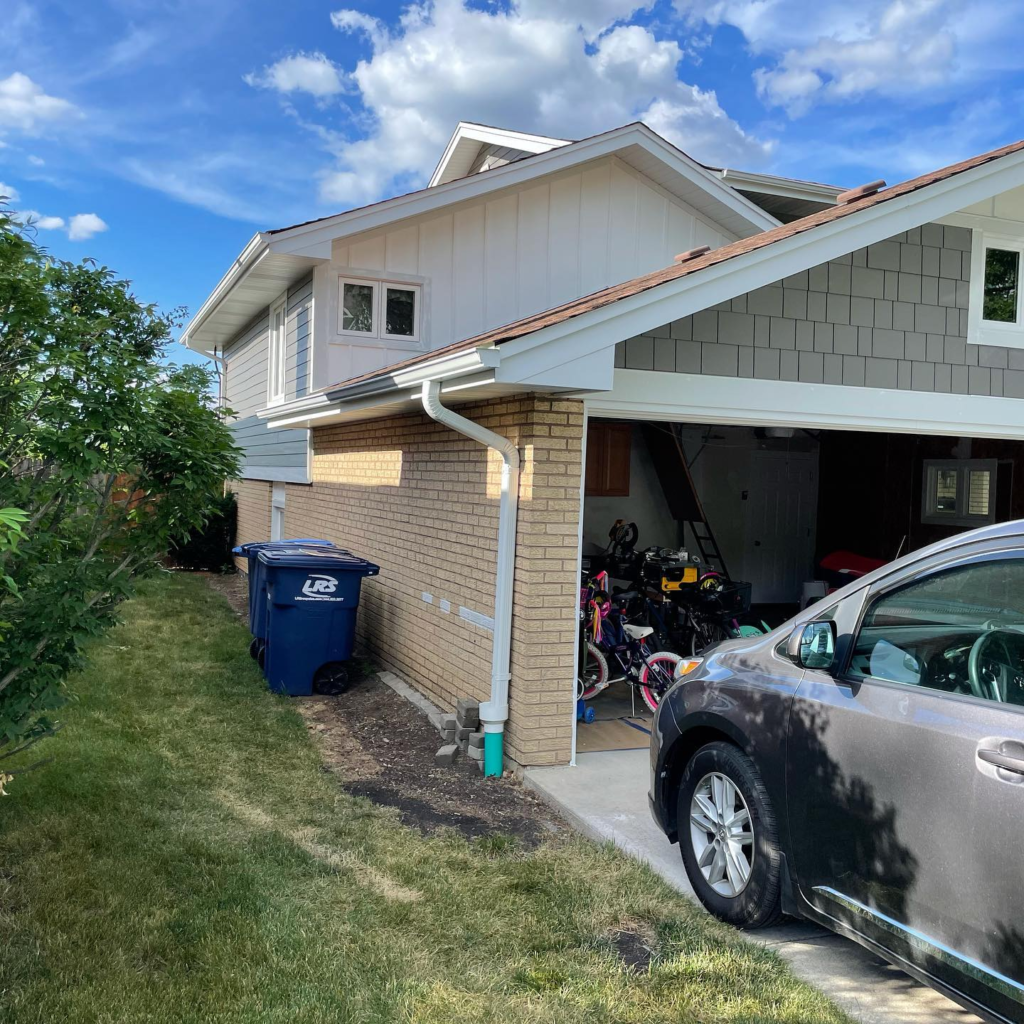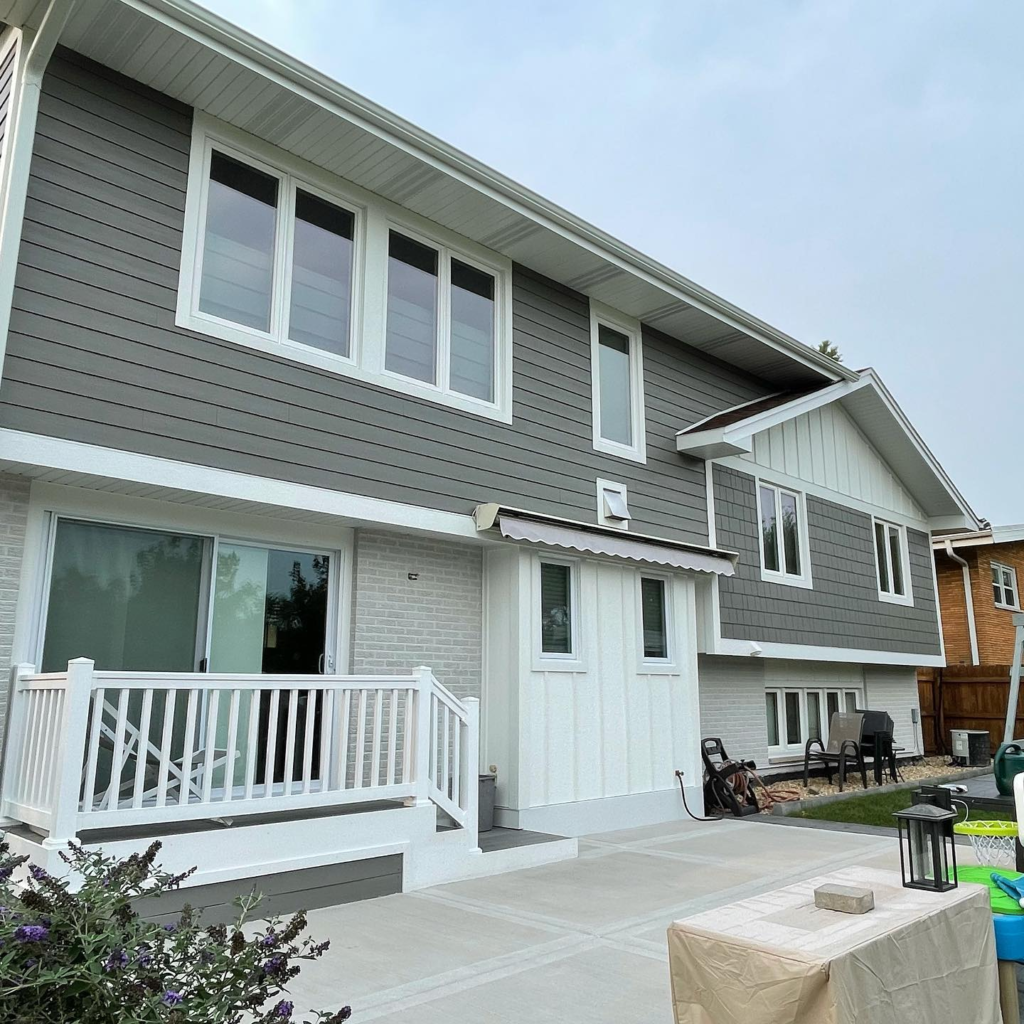By giving your home’s brick surfaces a fresh look while maintaining their natural texture, an exterior brick stain can be a great approach to update their appearance. While applying the perfect exterior brick stain will improve your house, staining may be a challenging task if done improperly. Avoiding typical errors guarantees a successful renovation that improves the curb appeal of your house for many years to come. Here we address five typical mistakes to avoid and offer advice on how to use your brick staining colors to get the best possible result.
1. Skipping Surface Preparation
Failing to adequately prepare the surface is one of the most often occurring errors in applying an exterior brick stain. Particularly in outdoor settings, brick gathers dirt, dust, mildew, and other pollutants that could compromise stain adherence.
- Why Preparation is Essential: A clean surface lets the stain evenly penetrate the brick, therefore producing a uniform and natural look. Should the brick surface be contaminated, the stain may apply unevenly, producing blotchy, irregular coloration.
- How to Properly Prepare the Surface: First, gently clean the brick with a mild detergent and water or a high-pressure washer. Focus especially on areas with persistent moss or stains. Before applying the stain, let the brick completely dry; moist brick will dilute the stain and cause unequal absorption.
2. Not Testing Brick Staining Colors First
Starting the staining procedure without first evaluating the brick staining colors is another often made mistake. Brick surfaces can differ greatly in terms of color, texture, and porosity; therefore, various bricks may respond differently to the same stain.
- Importance of Testing: Testing the stain on a small, inconspicuous area lets you evaluate how the color looks on your specific brick and, should needed, make changes. This helps you prevent the letdown of an unwelcome color result.
- How to Test Correctly: Select a tiny portion of brick, ideally in an area not too noticeable, before starting the whole application. Apply a tiny bit of the stain and let it dry entirely; the final color could vary somewhat from the wet look. Once dried, you can evaluate if changes are required or if the color satisfies your expectations.
3. Applying Too Much Stain in One Go
Applying a thick coat of stain will help one create a rich color fast, however this can result in an artificial and blotchy look. Exterior brick stains are meant to infiltrate the brick surface gradually, therefore too much at once can provide an uneven or muddy finish.
- Why Thin Layers are Better: Applying the stain in thin, even layers helps one to better manage the color intensity. Thin layers dry more uniformly; you can progressively increase the color until you get the intended appearance.
- Best Practice for Layering: Start with a light application of stain, let it dry, then evaluate the color. Best Practice for Layering Apply extra thin layers instead of one heavy application if you wish a darker tone. Though it takes a little more time, this method produces a more even and naturally occurring finish.

4. Ignoring Climate Conditions
The way external brick stain sticks and dries depends in great part on the weather. Sadly, many people ignore this element and apply stain under less-than-ideal circumstances, which can produce bad effects.
- Why Weather Matters: Rain, direct sunlight, or high humidity can all affect how a stain dries and cures. While high humidity can extend drying times and raise the danger of unequal staining, rain can help to remove the stain. Direct sunlight can lead to a too rapid drying of the stain, which makes a smooth application challenging.
- Selecting the Correct Day: Before starting staining, consult the weather report. Try for a moderate, dry day with low humidity between 50°F and 85°F in temperature range. Steer clear of putting stains in direct sunlight; if at all feasible, work on the shadow side of the house or wait until later in the day when the sun isn’t as strong.
5. Ignoring to Seal The Brick After Staining
Although it’s not usually necessary, especially for outside projects, sealing the brick after staining helps guard your work from environmental wear and weather. Ignoring to protect the brick after staining could cause early fading, discolouration, or perhaps brick surface damage.
- The Benefits of Sealing: Sealing protects the brick from UV light and moisture and adds an additional layer of protection, preserving the color of your selected brick staining agent. For bricks subjected to extreme weather or regular rain especially, this is crucial.
- How to Seal Correctly: Select a premium sealer fit for brick and compatible for your stain. Follow product recommendations for applying the sealer to guarantee the stain is first totally dry. An excellent sealant will guard the color and guarantee that your stain will last years with little upkeep required.
Frequent Questions and Answers
Q1: Can I change the color of my brick once it’s stained?
Although the color of stained brick can be changed, it is not as easy as just laying a fresh coat of stain over the old one. It can be difficult to remove or lighten the current stain if you are changing the hue. One can avoid this by first testing brick staining colors. See a professional about possible remedies if you’re not content with the present color.
Q2: How long does exterior brick stain typically last?
Depending on the type of stain, weather exposure, and maintenance, exterior brick stains are meant to last many years—often up to 20 or more. By means of appropriate preparation, application, and sealing, the lifetime of the stain can be extended, therefore preserving the vibrant and well-maintaining quality of your brick throughout time.

Conclusion
By staining your brick, the outward appearance of your house will be revitalized for years. To get the greatest outcomes, though, one should avoid these typical errors. Important phases in the process are appropriate surface preparation, evaluating brick staining colors, applying thin layers, considering weather conditions, and brick thereafter sealing. These suggestions will help you to make sure your external brick stain job accentuates your brick’s inherent beauty and offers a strong, long-lasting finish.
0 Comments